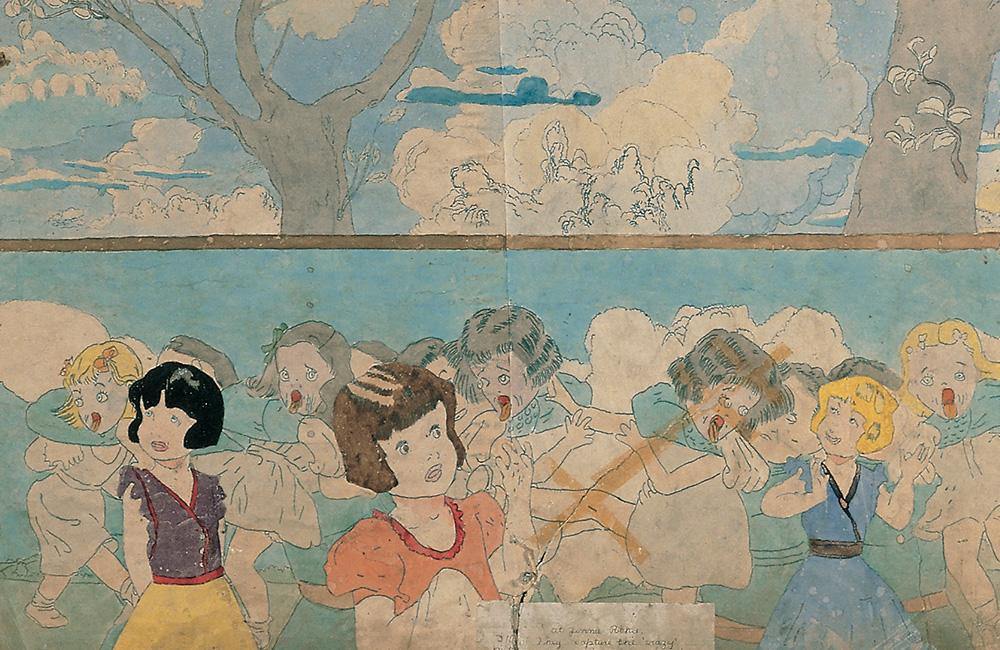First published: Summer 2003
Since 1972, when Roger Cardinal selected the title ‘Outsider Art’ for his ground-breaking book on Art Brut, the English term has taken on a life of its own. More popular than anyone could have imagined 30 years ago, Outsider Art has also been the subject of increasing conflict. ‘Term warfare’ is the tongue in cheek phrase used to refer to the endless quibbling that afflicts the genre, not just with regard to terminology but, more seriously, regarding definitions. As Outsider Art grows more successful commercially, the question of who qualifies for membership in the club is no longer merely academic. And while many fear that the pressures of the market place will compromise the essential purity of the art, the market place ultimately cares less about purity than it does about quality. For better or for worse, the field of Outsider Art is evolving: it is bound to be very different five years from now.

Outsider Art has attracted a particularly broad following in the United States, largely because it tallies with that nation’s egalitarian ideals and appeals to Americans’ view of themselves as maverick individualists.
Americans have been no more successful in coming up with a universally accepted definition of Outsider Art than Jean Dubuffet was in defining Art Brut, but they have so far managed to avoid the factionalism that has been common in Europe. American Outsider Art is far broader in its purview than Art Brut, and includes a range of works that in Europe would generally be classified as ‘naïve’ or ‘folk’ art. Indeed, while this loosely circumscribed category of art has won numerous American fans, the term ‘Outsider Art’ itself has been criticized for being too Eurocentric and judgmental. After all, in an ostensibly democratic country, there should be no outsiders, and critics have pointed out that some so-called outsiders (especially African Americans) were in fact very much part of their own communities, albeit ostracized by white society. That is why American scholars often revert to the more neutral, if also not entirely adequate, term ‘self-taught.’
This is an article extract; read the full article in Raw Vision #43




